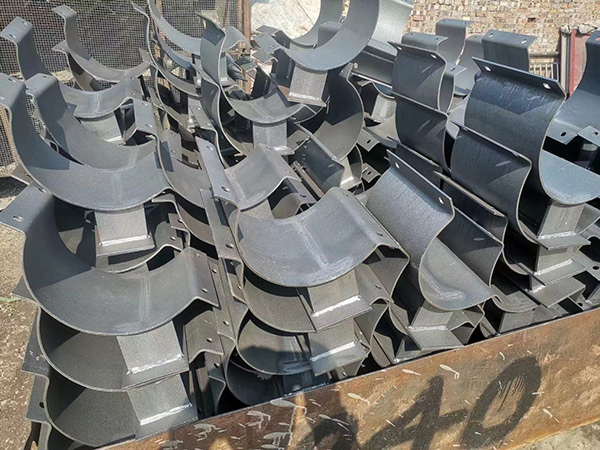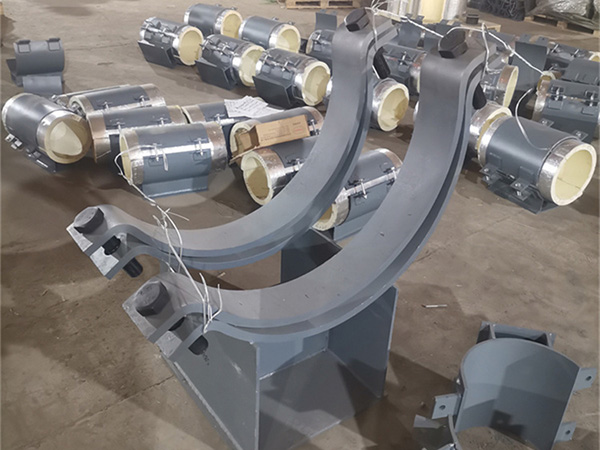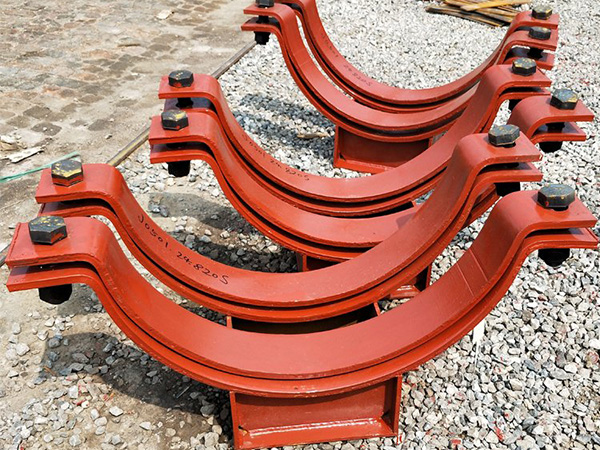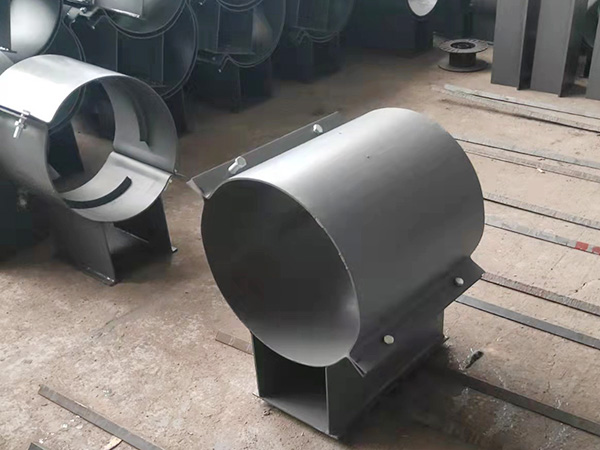Global Standards for Designing and Manufacturing Pipe Insulation Brackets
Author:Mingde Time:2025-09-14 12:38:01 Click:123
Pipe Support Systems as a Structural Backbone
In industrial networks and mechanical facilities, pipe support systems provide the unseen stability that keeps operations running smoothly. Among the components that make these systems effective, insulation brackets are critical. They do more than secure pipelines—they maintain insulation integrity, reduce energy loss, and support long-term reliability.
To guarantee consistency and safety, international standards set the framework for how these brackets are designed, tested, and manufactured. Such guidelines ensure that no matter the application—whether energy, petrochemical, or infrastructure—pipe insulation brackets perform reliably and sustainably.


Why Global Standards Are Essential
Without uniform standards, pipe support systems can become vulnerable to inefficiencies or failures. Poorly designed brackets may cause:
Increased energy loss through thermal bridges
Uneven load distribution leading to mechanical stress
Faster material degradation in corrosive environments
Elevated safety risks from pipe misalignment or bracket fatigue
Global codes and benchmarks prevent these outcomes by providing consistent rules for design, materials, and safety requirements.
International Design Frameworks
Several well-established global standards shape how pipe insulation brackets are engineered:
1. Load and Mechanical Stability
Supports must handle static weight, dynamic forces, and environmental stressors such as vibration or expansion. Codes provide formulas and testing methods to ensure brackets won’t deform under stress.
2. Thermal Integrity
Guidelines emphasize reducing thermal bridging to keep insulation performance intact. Advanced materials—such as phenolic foams, composite inserts, or coated metals—are often specified.
3. Corrosion Resistance
Global standards prioritize materials capable of resisting long-term chemical and moisture exposure. Stainless steel, corrosion-resistant alloys, and advanced composites are frequently referenced.
4. Safety Under Extreme Conditions
Regulations also account for hazards like fire, seismic activity, or sudden pressure changes, ensuring brackets remain secure during emergencies.
Manufacturing Protocols
Equally important are the production standards that govern how brackets are built. Key requirements include:
Dimensional precision – ensuring accurate fabrication for consistent installation
Rigorous testing – mechanical stress checks, thermal resistance trials, and corrosion assessments
Environmental responsibility – preference for sustainable materials and energy-efficient production processes
Traceability – maintaining detailed records for compliance and quality assurance
These measures ensure that manufactured components integrate seamlessly into larger pipe support systems.


Regional Adaptations of Global Standards
Although global standards provide the baseline, regions often implement their own refinements:
North America references ASME and ASTM codes for mechanical performance and material testing.
Europe applies EN and ISO frameworks, placing additional focus on environmental and energy efficiency.
Asia-Pacific combines international codes with localized seismic and safety considerations.
This layered approach ensures that pipe support systems function effectively under diverse climates, geologies, and industrial needs.
Installation Practices That Align with Standards
Even the best-designed brackets must be installed correctly to meet global expectations. Standardized practices recommend:
Proper spacing to prevent load stress and insulation gaps
Controlled tightening to avoid damaging insulation layers
Correct fastener pairing to minimize galvanic corrosion risks
Scheduled inspections to identify early signs of fatigue or wear
These measures guarantee that pipe insulation brackets continue to function within international compliance throughout their service life.
Advantages of Following Global Standards
Organizations adhering to international standards enjoy clear benefits:
Higher thermal efficiency through minimized energy leakage
Extended service life due to consistent structural performance
Reduced operational costs from fewer failures and maintenance needs
Greater workplace safety thanks to reliable, code-compliant supports
Adopting global guidelines is not just about compliance—it is a strategic decision that protects long-term investments.
Conclusion: Pipe Support Systems Anchored by Global Standards
The reliability of modern infrastructure rests heavily on well-designed pipe support systems, with insulation brackets at the core of their effectiveness. Global standards ensure that these components meet strict benchmarks for performance, safety, and durability.
As industries expand into more demanding environments, compliance with international design and manufacturing codes becomes even more vital. By adhering to these standards, organizations ensure their pipe support systems remain efficient, safe, and sustainable—supporting not only pipelines but also the future of industrial progress.
References
GB/T 7714:Hu F, Wu S, Sun Y. Hollow‐structured materials for thermal insulation[J]. Advanced Materials, 2019, 31(38): 1801001.
MLA:Hu, Feng, Siyu Wu, and Yugang Sun. "Hollow‐structured materials for thermal insulation." Advanced Materials 31.38 (2019): 1801001.
APA:Hu, F., Wu, S., & Sun, Y. (2019). Hollow‐structured materials for thermal insulation. Advanced Materials, 31(38), 1801001.
 Hot Products
Hot Products
 Contact Us
Contact Us
Contact:
Mobile:+86 +86 19133378808
Website:mingdepipe.com
Address:










